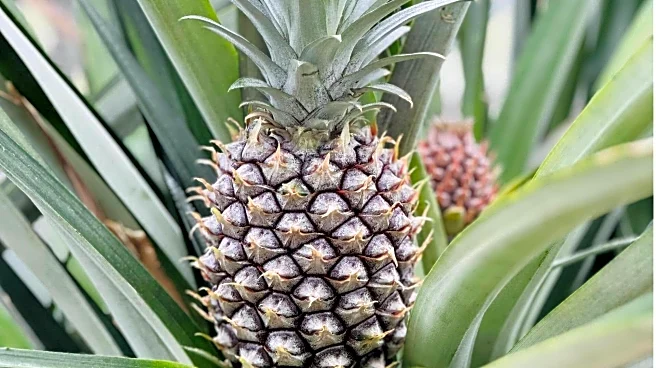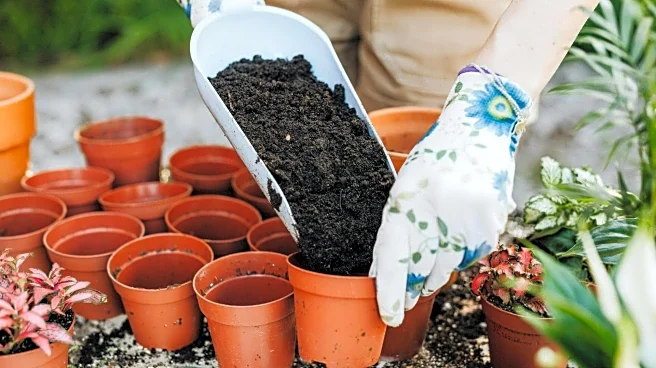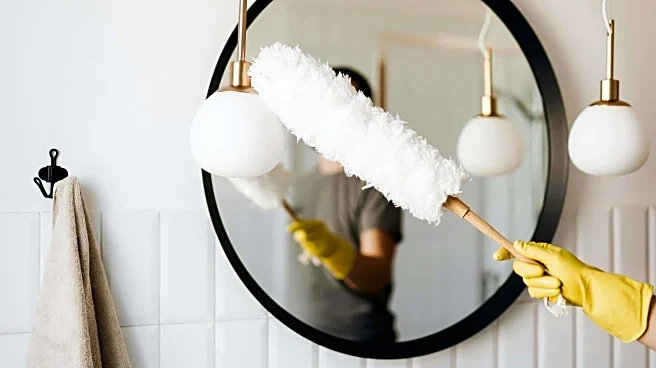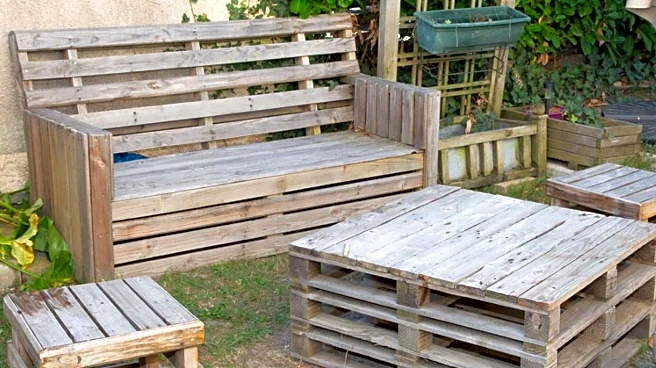1. Choose the Right Season
While black pepper loves tropical warmth, it can still grow well in winter if you shield it from cold winds and frost. The best time to start is between November and February, giving the plant enough time to develop strong roots before spring.
2. Start Smart — Seeds or Saplings
Beginners can start with a young sapling from a nursery for quick results. If you are up for a challenge, grow it from ripe peppercorns — soak them in water for 24 hours, then sow about an inch deep in moist soil and lightly cover with compost.
3. Create the Perfect Soil Mix
Black pepper thrives in well-drained, organic-rich soil. A mix of garden soil, compost, and coco peat works best. Maintain a soil pH between 5.5 and 6.5 to ensure the roots stay healthy and the plant grows steadily.
4. Water Wisely and Use Gentle Sunlight
Winter means less watering — twice a week is enough. Keep the soil moist but never soggy to prevent root rot. Place your pot or garden patch where it gets soft morning sunlight — the mild winter sun is perfect for this tropical climber.
5. Give the Vine Some Support
As a climbing vine, black pepper requires assistance in reaching upward. Use bamboo sticks, wooden poles, or garden wires for support. Tie the vine gently as it grows, ensuring it has room to climb without damaging the stem.
6. Feed and Protect the Plant
Every 20–25 days, add a layer of vermicompost or cow dung manure to boost growth. On extremely cold or misty nights, cover the plant with a light cloth or jute sack to keep it warm and shield it from frost.
7. Harvest and Enjoy Your Spice
With patience, your plant will start producing pepper berries in 2–3 years. Once they turn yellow or red, they’re ready to be picked. Dry the berries under sunlight until they turn black — and you’ll have your own organic, aromatic black pepper ready for the kitchen.
/images/ppid_59c68470-image-176296003390189984.webp)












